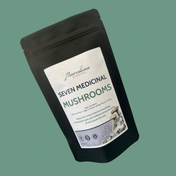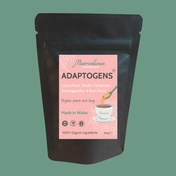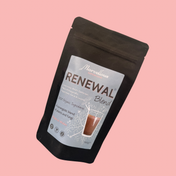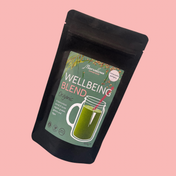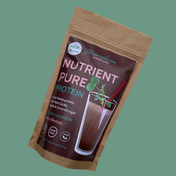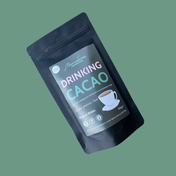Coconut blossom sugar is produced by extracting the sap found in the flower bud stem of the coconut palm. It is also known as coco sugar, coconut palm sugar or coco sap sugar. It is widely used around the world as a sweetener in place of cane sugar or more artificial, man-made varieties. It can come as a liquid, block, granule or crystal, depending on the intended use for it.
Coconut blossom sugar is produced in a two-step process. Firstly, the coconut flowers are milked twice every day. It is a fairly difficult job to complete, as they are found 20 feet up in the tree canopy! The farmers make a fresh cut in the spadix (the flower buds stem) to get the sap flowing out of the plant. A container, either made from aluminium or bamboo, is then tied around the flower in order to collect the sap that will ooze out of it over the next three to four hours.
Once the containers are full, the sap is collected from high above and brought down to ground level, where it is poured through a cloth into large woks that sit on top of a tunnel kiln. The sap is left here over a moderate heat in order to slowly boil and evaporate the excess moisture found in the sap – it is made up of 80% water, so this can take a while!
As the sap boils, the palm sugar liquids start to foam, and transform into a thick syrup. The workers cover the wok with large bamboo baskets, about 1 metre in height, to allow this palm sugar to foam up vertically, stopping it from spilling out of the wok all over the floor. The workers, some of which may have been making this ingredient for around 30 years, know just by looking at the liquid the exact point where the reduced syrup is ready to be taken off the heat. It is then strained into another large wok ready for aeration, which is done by hand. Constantly mixing and moving the thick solution helps it to cool and crystallize – there are a lot of different techniques and tools that are used to work the solution in a way that will ensure it is the best quality and consistency that it can be!
The palm sugar will eventually reach a colour and thickness that is reminiscent of peanut butter, changing from its original translucent colour to a warm brown, mostly due to caramelization. It may or may not be further reduced to create crystal, block or soft paste forms, depending on the wholesalers specifications.
We love coconut blossom sugar, which is why it features in many of our products and gift sets!


